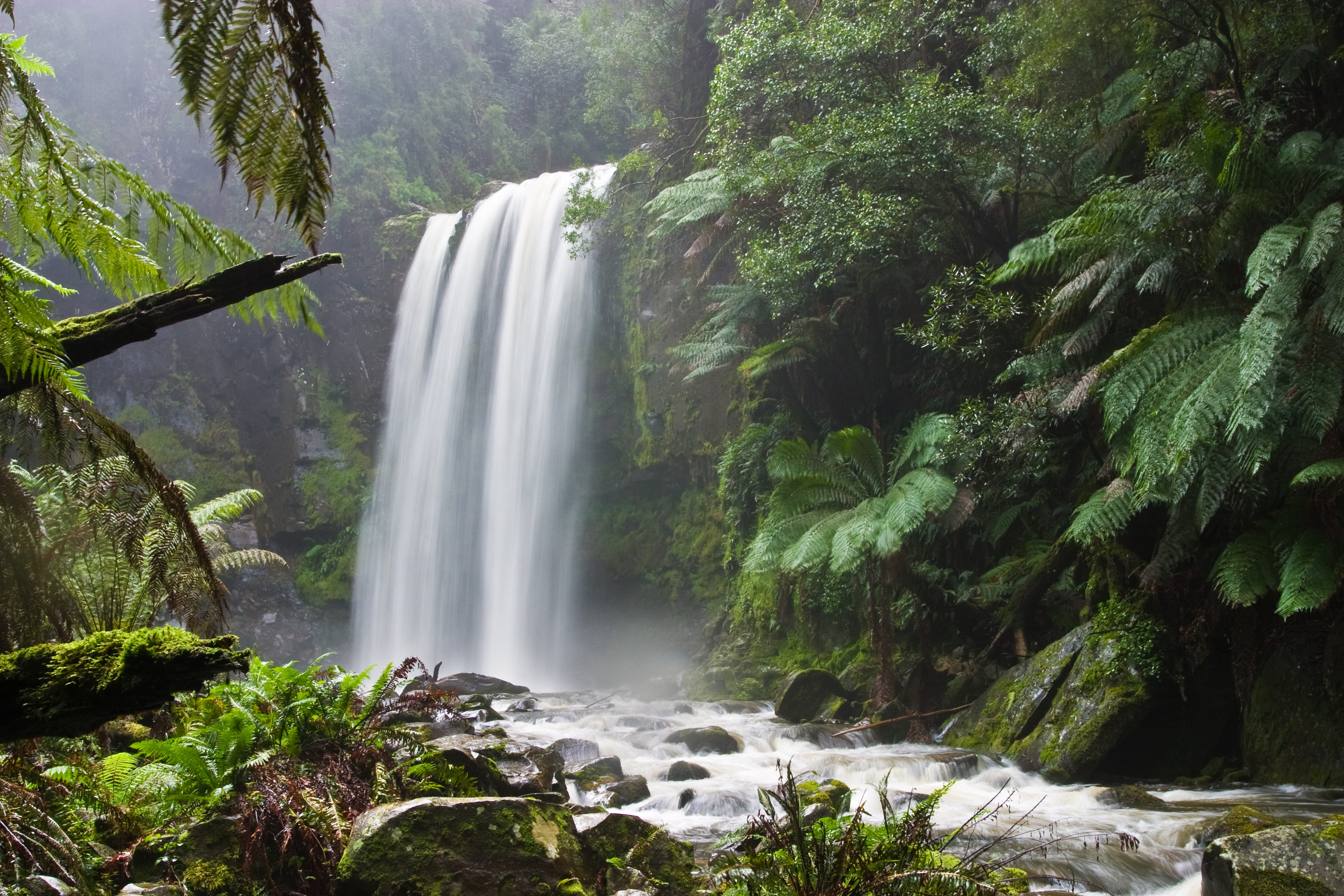The symbol of a face of a man surrounded by leaves, or with leaves coming out of his mouth or other facial orifices is prevalent in old churches. These faces are often fearsome in appearance with eyes glaring and vital, as if they be silent witness to our actions. While frequently found in abbeys, cathedrals and churches, carved into wood or stone and sometimes surreptitiously in later buildings, it is a pre-Christian symbol, and one that masons adopted.
Masons drew on many pagan themes and the symbol has been variously interpreted as relating to the Greek Pan; the neo-pagan Horned God; Nodens – a Celtic deity associated with healing, hunting and the sea; the Mesopotamian Tammuz who symbolized the triumph of life over winter and death; Osiris; Odin; Viridios, another Celtic deity of things green and flourishing; the Holly King and even Robin Hood. It is better understood, however, if it is seen relating not just to a person of myth or particular deity, but rather as an archetype.

Green Man from church in Kilpeck (12th century)
William Anderson1 theorises “An archetype such as the Green Man represents will recur at different places and times independently of traceable lines of transmission because it is part of the permanent possession of mankind. In Jung’s theory of compensation, an archetype will reappear in a new form to redress imbalance in society at a particular time when it is needed. According to this theory, therefore, the Green Man is rising up into our presence awareness in order to counterbalance a lack in our attitude to Nature”

Hopetoun falls, Australia. (Photo by David Iliff)
In this light, the symbol can be seen not only as a symbol of Nature and the vigours of growth, but an awareness in human consciousness of the connection or lack thereof, with the Wild, the regenerative and creative forces of the biosphere, and in a broader sense, life on this planet. The question that arises is one of realisation – can the human species recognise on a conscious level that our bond with Nature is troubled, and take heed?

A Brown Pelican from the Louisiana coast in the aftermath of the Gulf oil spill (Charlie Riedel)
Let us remember the words of poets2 – those who play with images and symbols, and who are no strangers to archetypes:
He is made one with Nature: there is heard
His voice in all her music, from the moan
Of thunder, to the song of night’s sweet bird;
He is a presence to be felt and known
In darkness and in light, from herb and stone,
Spreading itself where’er that Power may move
Which has withdrawn his being to its own;
Which wields the world with never-wearied love,
Sustains it from beneath, and kindles it above.

“The goal of life is to make your heartbeat match the beat of the universe, to match your nature with Nature.” ~ Joseph Campbell
References
1. William Anderson (1990). Green Man: The Archetype of Our Oneness with the Earth, London.
2. Adonais: An Elegy On The Death Of John Keats by Percy Bysshe Shelley
